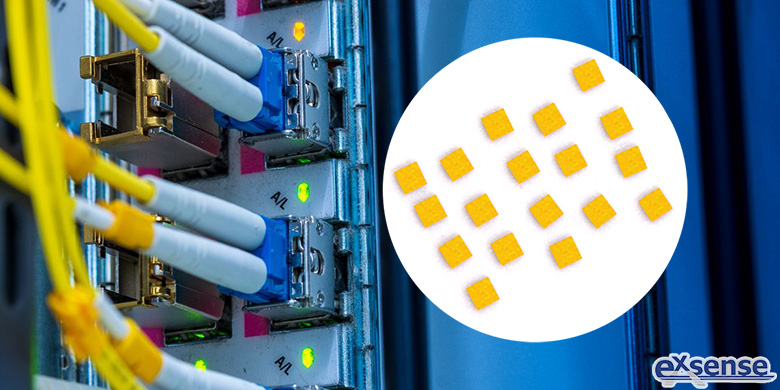
From the early landline to 2G, 3G wireless communication are basically based on electricity communication mode. However, limited by the characteristics of the cable itself, it is impossible to realize the long-distance transmission of high rate signals. With the transmission of signals by electricity, the higher the frequency, the greater the loss and the more severe the signal deformation will be, which leads to the error of the receiver's judgment and the communication failure. In order to overcome this limitation, optical communication came into being, which also led to the need for optical transceiver.
The evolution of optical transceiver itself has experienced the speed increase, encapsulating form change, access application change and function improvement. Among them, SFP transceiver module, also known as Small Form-Factor Pluggable module, support hot plug (that is, the module can connect or disconnect the device without cutting off the power), plug-and-play. Due to the continuous development of optical communication technology, the speed of SFP is also more and more high, after 10Gb/s the original encapsulation size has been unable to meet, so the definition of a new standard XFP (10Gb/s rate of pluggable optical transceiver). With the improvement of the integration process, it is possible to install XFP into the SFP. This new SFP transceiver module is called SPF+, or Enhanced Type SFP Module. The size of SFP and SFP+ is the same, but approximately 30% smaller than the appearance of earlier XFP optical transceiver.
With the arrival of 5G era, silicon optical transceiver is expected to become a new driving force for the optical communication industry. Silicon photonic technology is a new generation technology based on silicon and silicon substrate materials (such as SiGe/Si, SOI, etc.), which uses the existing CMOS process to develop and integrate optical devices, which combines the ultra-large scale and ultra-high precision manufacturing characteristics of integrated circuit technology with the advantages of ultra-high speed and ultra-low power consumption of photonic technology, it is a disruptive technology to deal with the failure of Moore's Law. Silicon optical module has obvious advantages, including low energy consumption, large bandwidth, high transmission rate. However, due to the complexity of the materials and production technology of silicon optical chip, there are still obvious disadvantages, such as high cost and low technology maturity. At present, it is still difficult to achieve monolithic silicon optical integration, but needs to take silicon as the substrate, external laser, to achieve hybrid integration.
Optical Electronic Integrated Circuit (OEIC) can be said to be a transition scheme, that is, on the silicon substrate, to achieve the transmission of photons. It is divided into monolithic integration and hybrid integration. At present, optical wave multiplexing/demultiplexing, optical wavelength tuning and transformation devices have been able to achieve monolithic silicon optical integration, while optical modules need hybrid integration. Although hybrid integration is a transitional scheme, it makes the silicon optical technology in the field of optical module has been used in the field of optical modules.
The hybrid integration scheme is to simultaneously manufacture electronic devices and photonic devices on silicon base, and integrate electronic devices (Si-Ge quantum devices, HBT, CMOS, RF devices, tunnel diodes, etc.), photonic devices (lasers, detectors, optical switches, light modulators, etc.) and optical waveguide circuits on the same silicon wafer or SOI. At present, the silicon detector (Ge detector), optical modulator (Si-Ge modulator), optical switch, optical waveguide, etc. have been realized the breakthrough, laser is the biggest bottleneck, but also have the preliminary scheme of Si base quantum cascade laser, silicon nanometer crystal laser, silicon-based III - IV heterostructure hybrid lasers, hybrid surface emitting laser, hybrid integrated scheme is also gradually mature and into the commercial stage.
EXSENSE Electronics Technology Co., Ltd. has been focusing on the development of optical transceiver thermistor chip for more than 14 years, optical transceiver thermistor chip produced by EXSENSE Electronics with characteristics of high precision, great reliability, high sensitivity, etc., which can effectively ensure the operating temperature of the optical transceiver, to prevent overheating caused by damage to the optical module transceiver.



